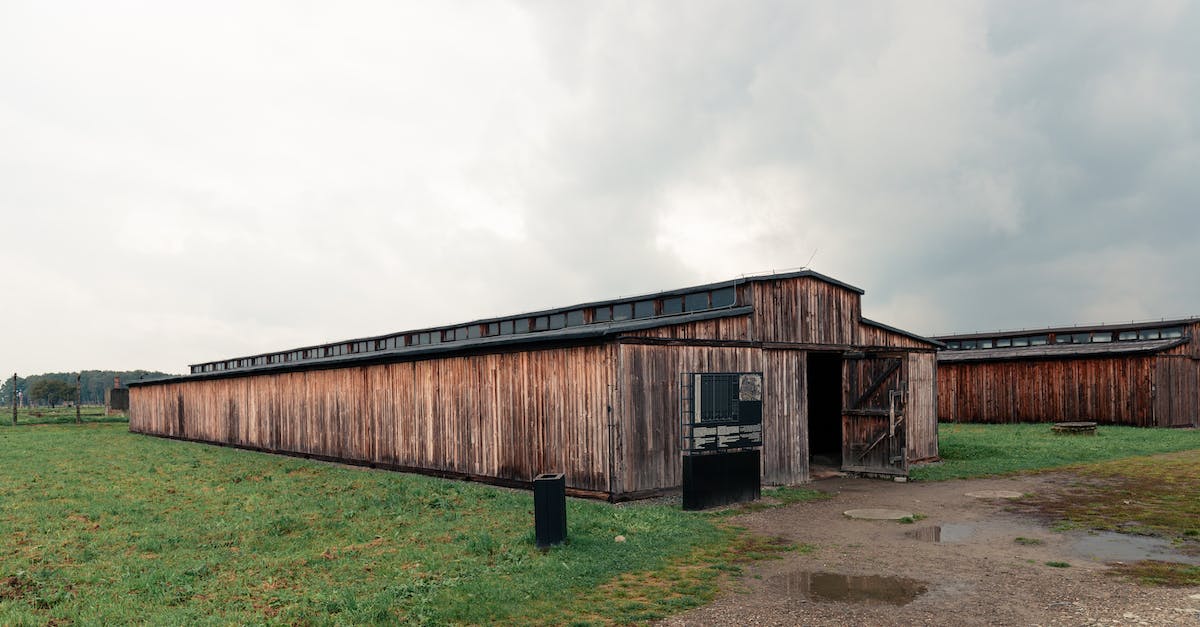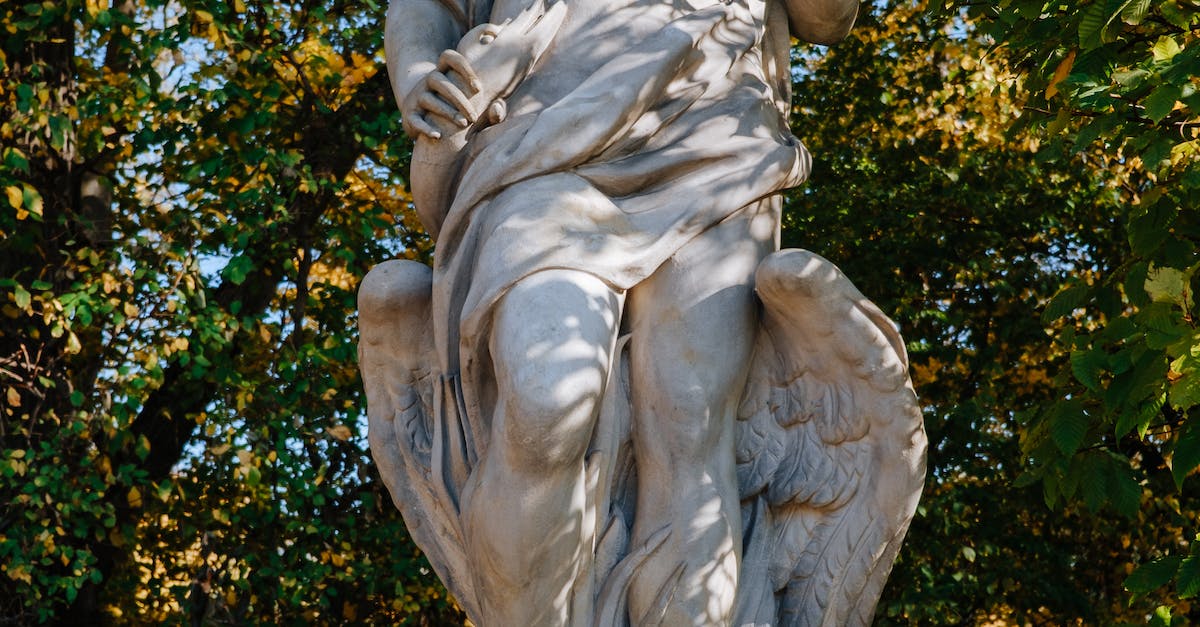
 The Auschwitz-Birkenau State Museum is a memorial and museum located in Oświęcim, Poland. It is dedicated to preserving the memory of the Holocaust and the victims who perished at the Auschwitz concentration camp during World War II. The museum consists of two parts: Auschwitz I and Auschwitz II-Birkenau. Auschwitz I was the main camp and serves as a memorial, while Auschwitz II-Birkenau was the extermination camp. Visitors can explore the preserved barracks, gas chambers, and crematoriums, gaining insight into the atrocities committed during the Holocaust.
The Auschwitz-Birkenau State Museum is a memorial and museum located in Oświęcim, Poland. It is dedicated to preserving the memory of the Holocaust and the victims who perished at the Auschwitz concentration camp during World War II. The museum consists of two parts: Auschwitz I and Auschwitz II-Birkenau. Auschwitz I was the main camp and serves as a memorial, while Auschwitz II-Birkenau was the extermination camp. Visitors can explore the preserved barracks, gas chambers, and crematoriums, gaining insight into the atrocities committed during the Holocaust.
 The Auschwitz-Birkenau Memorial and Museum is a UNESCO World Heritage Site and one of the most important historical sites in the world. It serves as a reminder of the horrors of the Holocaust and the millions of lives lost. The museum offers guided tours and exhibits that provide a comprehensive understanding of the Nazi concentration and extermination camp system. Visitors can witness the living conditions endured by prisoners, view personal belongings and photographs, and pay respects at the memorial sites. The museum aims to educate visitors about the consequences of hatred, prejudice, and discrimination.
The Auschwitz-Birkenau Memorial and Museum is a UNESCO World Heritage Site and one of the most important historical sites in the world. It serves as a reminder of the horrors of the Holocaust and the millions of lives lost. The museum offers guided tours and exhibits that provide a comprehensive understanding of the Nazi concentration and extermination camp system. Visitors can witness the living conditions endured by prisoners, view personal belongings and photographs, and pay respects at the memorial sites. The museum aims to educate visitors about the consequences of hatred, prejudice, and discrimination.
 The Auschwitz-Birkenau State Museum is a solemn and poignant destination for those seeking to learn about the Holocaust and pay tribute to the victims. It is a place of remembrance, reflection, and education. The museum presents a deeply moving experience, allowing visitors to comprehend the magnitude of the crimes committed against humanity. Through exhibitions, artifacts, and preserved structures, the museum offers a profound insight into the lives of the prisoners and the systematic genocide that took place. It serves as a reminder of the importance of tolerance, understanding, and the preservation of human rights.
The Auschwitz-Birkenau State Museum is a solemn and poignant destination for those seeking to learn about the Holocaust and pay tribute to the victims. It is a place of remembrance, reflection, and education. The museum presents a deeply moving experience, allowing visitors to comprehend the magnitude of the crimes committed against humanity. Through exhibitions, artifacts, and preserved structures, the museum offers a profound insight into the lives of the prisoners and the systematic genocide that took place. It serves as a reminder of the importance of tolerance, understanding, and the preservation of human rights.
The Auschwitz-Birkenau State Museum, located in Oświęcim, Poland, was established in 1947 on the grounds of the former Auschwitz concentration camp. The museum was created to commemorate the victims of the Holocaust and educate future generations about the atrocities that occurred during World War II. The Auschwitz complex consisted of three main camps: Auschwitz I, Auschwitz II-Birkenau, and Auschwitz III-Monowitz. It is estimated that around 1.1 million people, mostly Jews, were killed in Auschwitz. The museum preserves the original buildings, gas chambers, and crematoria, providing a chilling glimpse into the darkest chapter of human history.
As a memorial and museum, the Auschwitz-Birkenau State Museum does not offer dining facilities on-site. However, visitors can find various restaurants and cafes in the nearby town of Oświęcim. Traditional Polish cuisine is prevalent in the area, with dishes like pierogi (dumplings), bigos (hunter's stew), and kielbasa (sausage) being popular choices. Additionally, visitors can explore local bakeries for pastries such as paczki (Polish doughnuts) and sernik (cheesecake). It is important to note that due to the solemn nature of the museum, visitors are advised to have their meals before or after their visit to maintain the appropriate atmosphere.